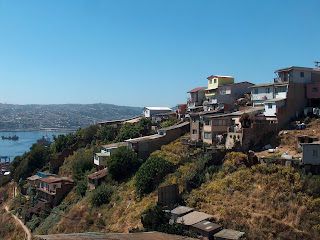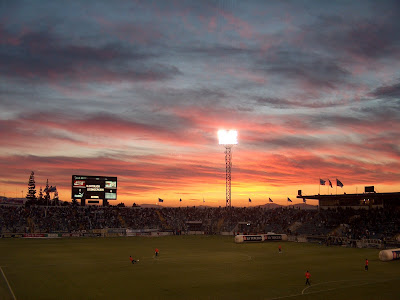
Mid-November in the north of England. Days are short. Before you know it, the sun has gone over the houses and night-time is creeping in.
Christmas approaches relentlessly. Tinsel shines in shops. Potted baby Serbian pine trees wait in lines at B&Q stores to be adopted by families and bedecked with lights and ancient baubles hidden in attics since last January. Very few of these trees will survive central heating and the Queen's Christmas message.
Three mornings ago I chopped up an old loaf of bread and threw it on our back lawn for the birds but an urban fox emerged from the hedgerow for his breakfast. Glancing up furtively, he ate his fill and then brushtailed up the path I made this summer - past the compost bins and through the brambles.
I just finished "Bonfire of The Vanities" by Tom Wolfe - a huge tome of a novel, linguistically vibrant and passionate about the city of New York which is its ever-present backdrop. It was a really good read and I was pleased that I was able to devote many hours in relatively quick succession to the reading process. That is surely what good books deserve - not snatched half hours here and there when you're tired or travelling on a train to work.
Been sorting out our back room - the dining room. We used to have our computer station in an alcove next to the fireplace. I had used an old kitchen work surface to construct a built in unit but now we have moved the computer to the little room at the front of the house to make a proper study. This meant the decoration of the back room had to be disrupted so I have been stripping wallpaper, matching up new wallpaper and repainting. Not exactly my idea of a good time but we're getting there.
I am the live-in chef. When I was working, Shirley and I seemed to share kitchen duties but now I make all the main meals but I don't mind because I rather like cooking. What did we have tonight? It was a simple spaghetti concoction.
Fried up chopped onions, courgette, bacon and a couple of tomatoes in olive oil. Boiled the spaghetti and then mixed the two together with a small bowl of grated Parmesan. A couple of screws of black pepper and then ready to go. A delicious, simple and healthy meal - counterbalanced by the treacle pudding and cream that followed.
Time seems different these days. Once I blogged about "7:52"a.m. - which always seemed to be the time on the car clock when I set off for work along the same streets and avenues for twenty two years in a row. Now "7:52" doesn't seem to matter. It has lost its controlling power. If sleepy I can roll over and take another hour or two and at midnight the pressure to get to sleep in order to charge the old batteries for work has slunk away. I am not complaining.
Mid-November in the north of England. Days are short. Before you know it, the sun has gone over the houses and night-time is creeping in.






































